Performance
What Is Strength & Conditioning?
It involves a combination of strength training, conditioning exercises, and sport-specific drills tailored to meet the demands of the specific athletic activity.
The primary goal of sports-specific strength and conditioning is to enhance an athlete’s performance by improving their strength, power, speed, agility, endurance, and overall athleticism in a way that directly translates to their sport. The training programs are designed to replicate the movements, energy systems, and physical demands encountered during competition.
To achieve sport-specific training, strength and conditioning coaches work closely with athletes to identify the key physical components required for success in their sport. They analyse the specific movements, biomechanics, and physiological demands involved, and then design training regimens that target those areas.
Sports-specific strength and conditioning programs may include a variety of exercises such as weightlifting, plyometrics, agility drills, speed training, cardiovascular conditioning, and sportspecific skill development. The training is often periodised, meaning it is organised into different phases throughout the year to optimise performance at specific times, such as during preseason, competition, or recovery periods.
By focusing on the unique requirements of a particular sport, sports specific strength and conditioning aims to improve an athlete’s performance, reduce the risk of injuries, and enhance their overall physical capabilities, allowing them to excel in their chosen sport.
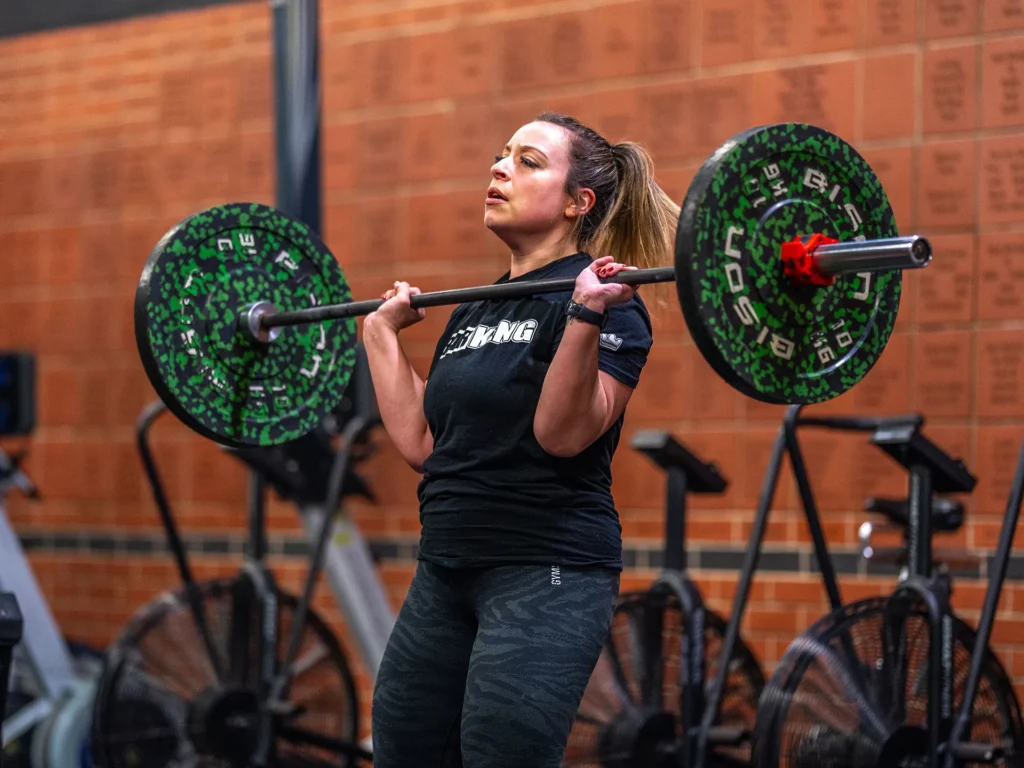
Running
Why should runners implement S & C into their training plan?
Strength and conditioning is crucial for runners for the following reasons:
Injury Prevention
Improved Running Economy
Enhanced Power and Speed
Correcting Muscle Imbalances
Increased Stability and Balance
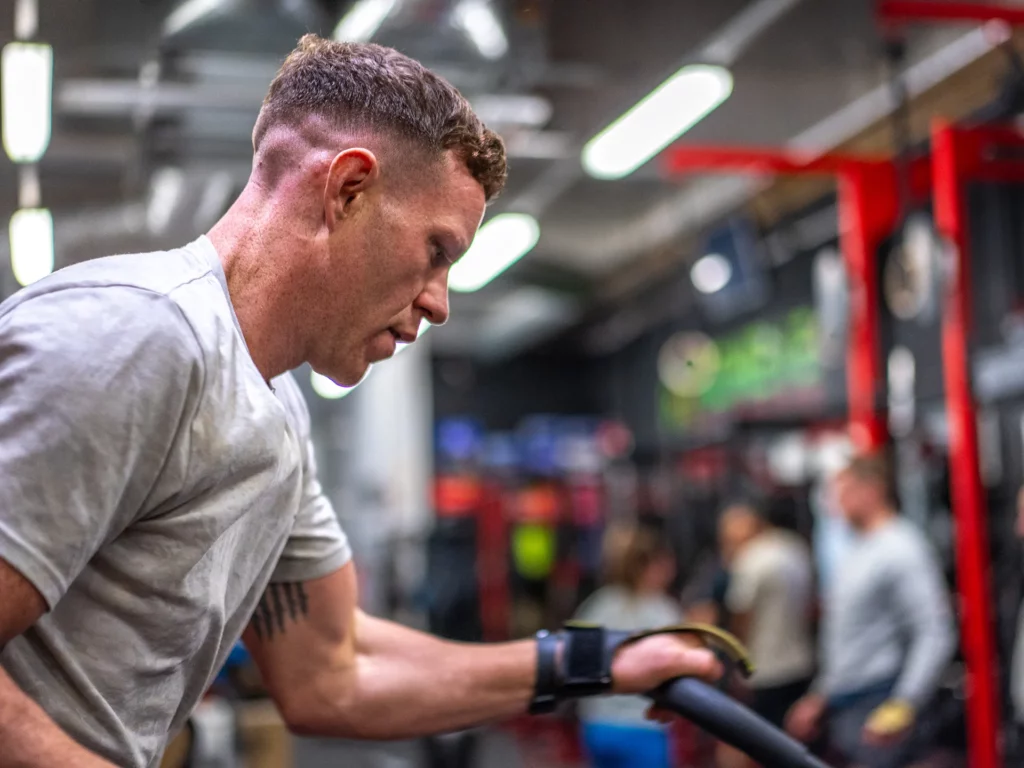
Football
Injury Prevention
Enhanced Speed, Agility, and Power
Improved Endurance
Physicality and Body Strength
Improved Jumping and Heading Ability
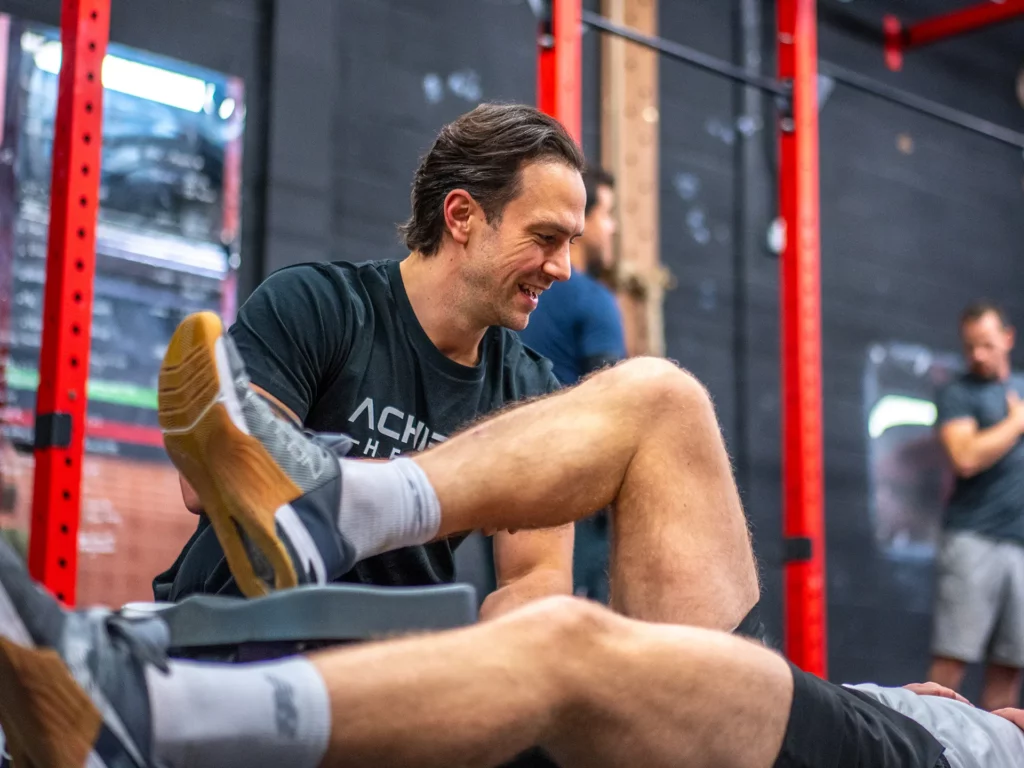
Cycling
Increased Power and Efficiency:
Improved Endurance
Injury Prevention
Climbing and Power-to-Weight Ratio
Injury Rehabilitation
Body Positioning and Core Stability

Rugby
Increased Physicality
Enhanced Power and Explosiveness
Injury Prevention
Improved Endurance
Position-Specific Training

Mixed Martial Arts & Combat
Enhanced Physical Performance
Injury Prevention
Improved Power and Explosiveness
Endurance and Conditioning
Weight Management and Body Composition

Cricket
Improved Power and Batting Performance
Enhanced Bowling Speed and Accuracy
Injury Prevention
Increased Endurance and Stamina
Fielding Agility and Quickness
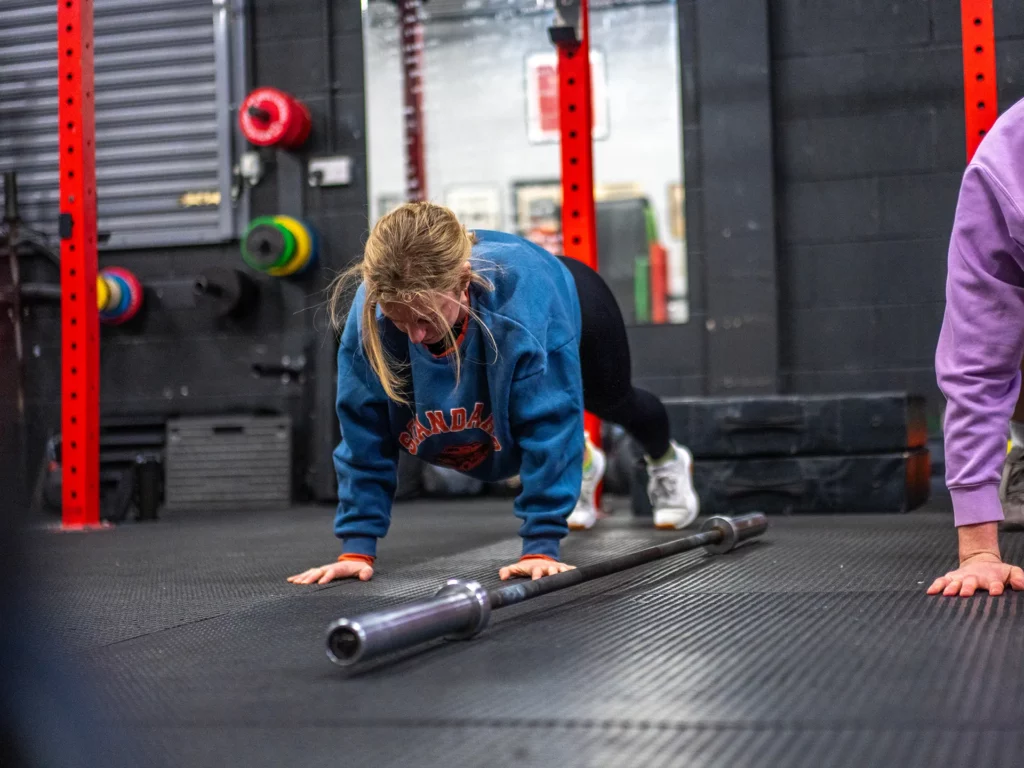
Tennis
Enhanced Power and Speed
Injury Prevention
Improved Endurance
Agility and Quickness
Overall Physical Preparedness
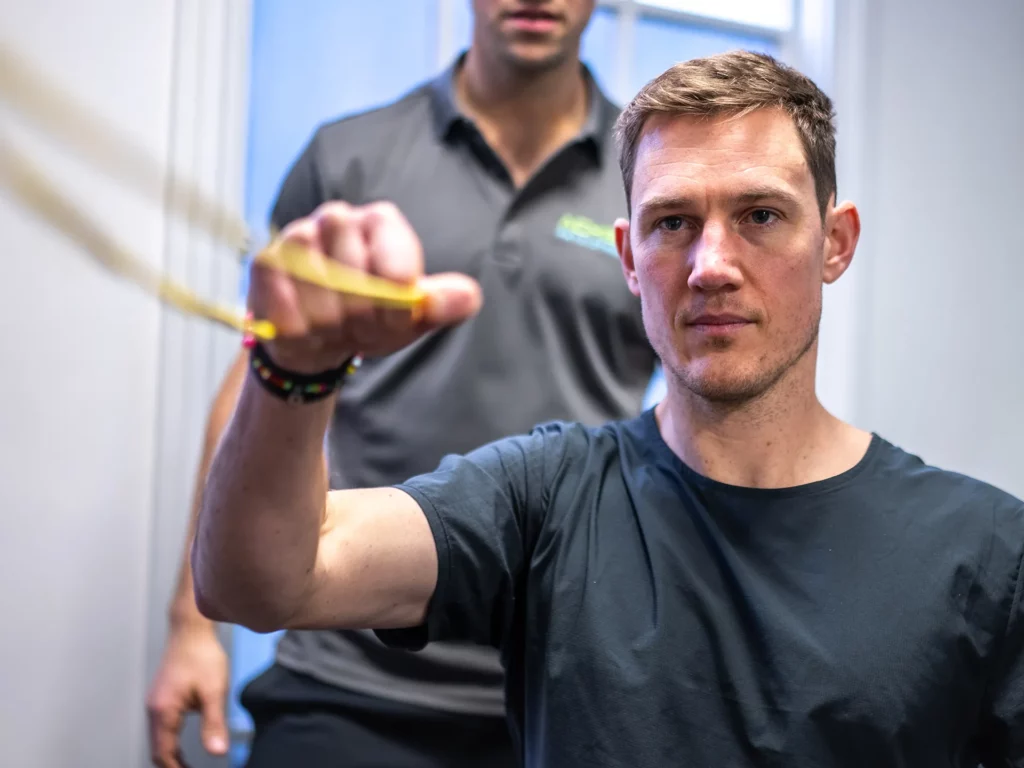
Golf
Increased Power and Distance
Improved Stability and Balance
Injury Prevention
Enhanced Endurance
Improved Flexibility and Range of Motion

Rowing
Increased Power and Strength
Enhanced Endurance and Stamina
Improved Technique and Efficiency
Injury Prevention
Power-to-Weight Ratio Optimisation
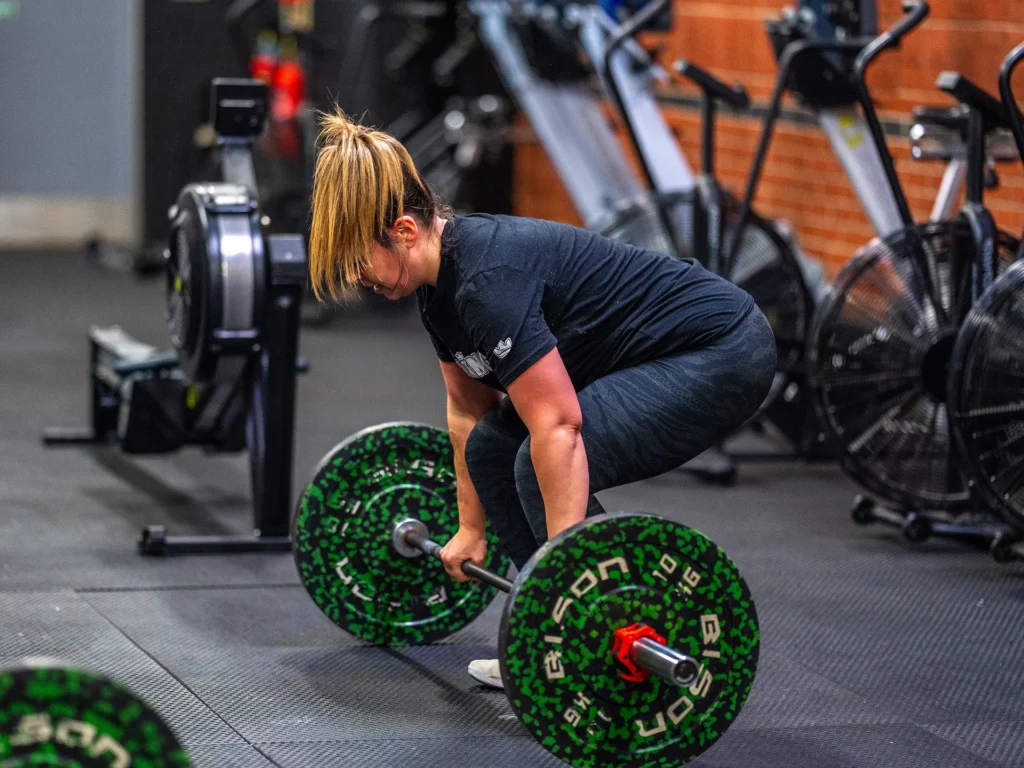
How We Can Help!
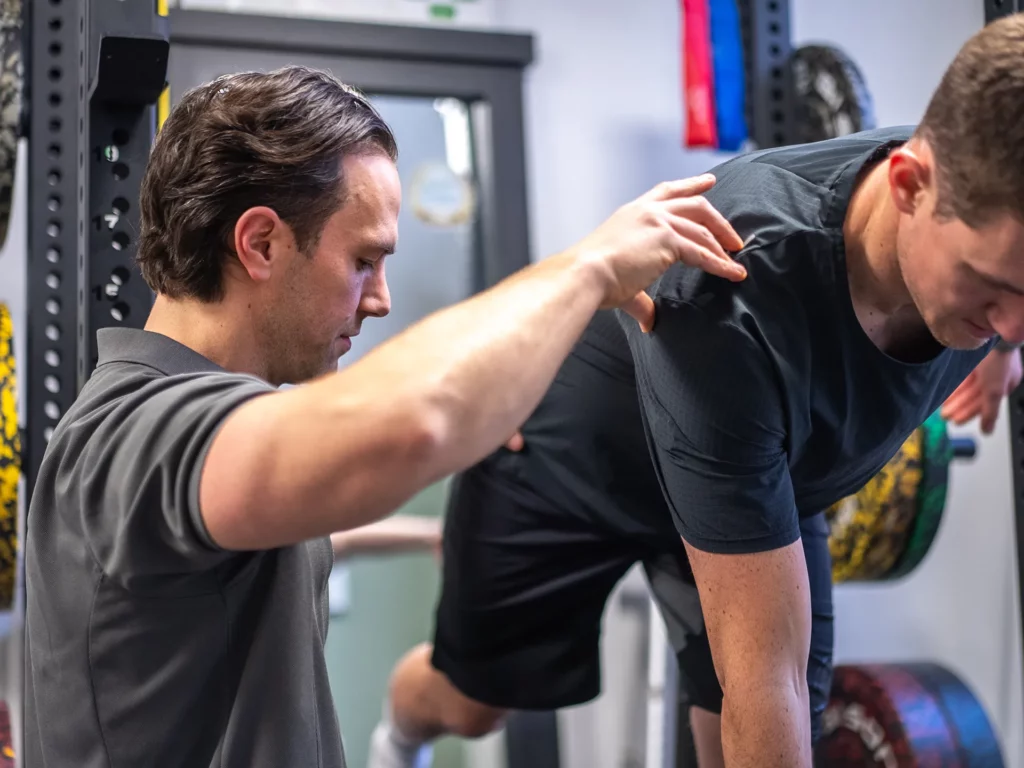
Reviews
See why patients love achieve health
